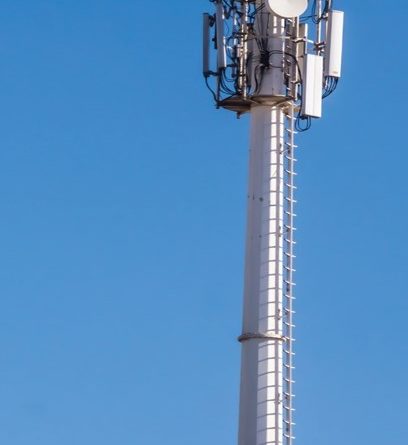Silver linings in failure: Benefits of the MIP
I’ve written before about why the Mobile Infrastructure Project (MIP) failed to live up to its expectations. In summary, building infrastructure is hard in any case and it’s even harder when neither the problem you want to solve nor solution are agreed upon by the parties involved. Last week though the Government published the Mobile Infrastructure Project: Impact and Benefits Report so it’s only fair to pay attention to the benefits that it delivered too.
Firstly, let’s get the rather unattractive stats out of the way. The original MIP was supposed to deliver mobile coverage (largely 2G) to 60,000 premises through an estimated 550 mobile sites at a cost of £150m when it was unveiled in 2011. By the end of the programme in March 2016, it had delivered coverage (2G/3G/4G) to 7,199 premises via 75 masts at a cost of £35.81m. Ultimately, that’s a 12% success rate on premises covered and 13% build rate success for 23% of costs.
Whilst the costs are evidently out of kilter, it’s important to bear in mind that this involves planning and sourcing of sites that were never delivered. A better figure to compare are those included in the re-baselined business case in 2015. Against this case the MIP fares much better, delivering more premises than was envisaged at that stage (5,400) and at lower cost (£52m was budgeted) – or to put another way, in the final year the MIP delivered a quarter more masts at a third less of the costs. When it managed to deliver connectivity, it did so with value for money.
Naturally those premises and villages that did not have coverage are now benefiting directly – and most from not just 2G but also LTE. A map of that coverage is provided below.
The report also polled parish councils about the impact of the new connectivity. Given that these areas were previously not-spots then it is not surprising that satisfaction was high but the report also included a qualitative discussion of the economic and wider societal benefits.
Interestingly, the indirect impacts may have delivered the greater benefits with the report drawing a direct correlation between the difficulties experienced under the MIP and the planning reforms carried out under the Digital Economy Act that passed this year. It is also led to Government to consider other interventions, including the legally binding deal struck between mobile operators and Government in 2014. Importantly, both of these actions focus on 4G deployment, rather than the original 2G focus of the MIP.
So in the end the MIP delivered against its final value for money targets, failed to deliver anywhere near its original objective but drove Government to tackle some of the planning and wayleave problems and resulted in a legally binding agreement from mobile operators to go invest more. A failure yes, but one that, admittedly inadvertently, led to better mobile coverage for us all.







